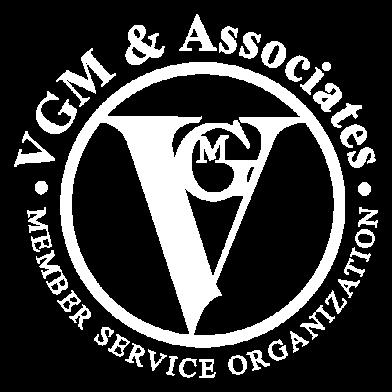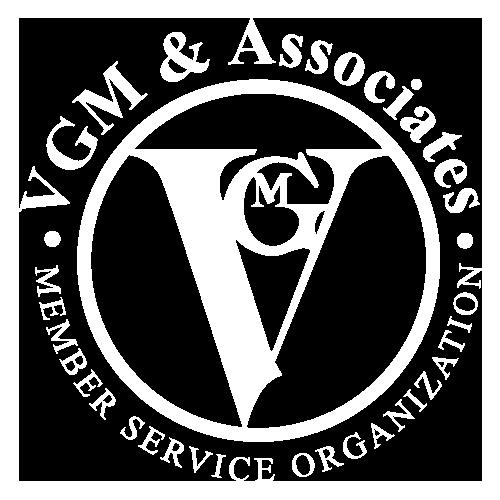




The U.S. market for Continuous Positive Airway Pressure (CPAP) devices and sleep apnea treatment is undergoing a period of sustained growth, driven by rising awareness of sleep disorders, increasing prevalence of chronic respiratory conditions, and rapid technological innovation. The CPAP market is poised for growth with a compound annual growth rate (CAGR) of 6-8% according to industry data. In the U.S., this growth is further accelerated by demographic trends and a shift toward home-based healthcare solutions.
Rising Prevalence of Sleep Apnea and Respiratory Disorders
Obstructive Sleep Apnea (OSA) affects an estimated 22 million Americans, with many cases remaining undiagnosed. The condition is particularly prevalent among older adults and individuals with obesity— two demographics that are expanding in the U.S. population. Additionally, chronic obstructive pulmonary disease (COPD) continues to be a major public health concern, further fueling demand for respiratory support devices like CPAP.
Public Health Awareness and Early Diagnosis
Public health campaigns and increased media coverage have significantly improved awareness of sleep-related health issues. As a result, more individuals are seeking diagnosis and treatment, often through home-based sleep studies and wearable diagnostic tools. This has led to a surge in demand for both diagnostic equipment and therapeutic devices.
The CPAP and sleep apnea market is segmented into several key product categories:
• CPAP Devices: The most widely used treatment for OSA, offering continuous airflow to keep airways open during sleep.
• BiPAP Devices: Used for more complex respiratory conditions, offering variable pressure settings.
• Homecare Settings: The fastest-growing segment, driven by convenience, cost-effectiveness, and the rise of telehealth.
• Masks and Accessories: Including nasal, full-face, and nasal pillow masks, as well as tubing and humidifiers.
• Diagnostic Equipment: Such as polysomnography systems and portable home sleep testing kits.
• Sleep Clinics and Hospitals: Still essential for complex cases and initial diagnosis but facing competition from home-based solutions.
Modern CPAP machines are increasingly equipped with smart features such as auto-titrating pressure, integrated humidification, and wireless connectivity. These features allow for real-time data sharing with healthcare providers, improving patient monitoring and adjustment to therapy.
The integration of wearable technology and telemedicine platforms is transforming the diagnostic and treatment landscape. Patients can now undergo sleep studies at home, with results transmitted directly to sleep specialists. This not only reduces costs but also increases accessibility for rural and underserved populations.
Despite technological improvements, long-term adherence to CPAP therapy remains a challenge. Many patients find the devices uncomfortable or disruptive to sleep, leading to inconsistent use and reduced treatment efficacy.
Access to CPAP therapy can be hindered by inconsistent insurance coverage and complex reimbursement policies. This is particularly problematic for lower-income patients and those without comprehensive health plans.
Market Forecast
The U.S. CPAP and sleep apnea market is expected to maintain a strong growth trajectory, with respiratory devices projected to grow at a CAGR of 6% and OSA-specific devices at 8%. This growth will be supported by continued innovation, expanding diagnostic capabilities, and a healthcare system increasingly focused on chronic disease management.
Emerging Opportunities
• AI-Driven Diagnostics: Artificial intelligence is being used to analyze sleep data and personalize treatment plans.
• Pediatric and Geriatric Care: Specialized devices and protocols are being developed for children and elderly patients.
• Global Supply Chain Expansion: Manufacturers are diversifying production and distribution channels to mitigate risks and meet rising demand.
The CPAP and sleep apnea market in the United States is entering a dynamic phase of growth and transformation. With rising awareness, technological innovation, and a shift toward homebased care, the industry is well-positioned to meet the evolving needs of patients and healthcare providers. While challenges such as compliance and insurance remain, the overall outlook is highly positive, with significant opportunities for innovation and expansion over the next decade.
VGM Industry Insights provides data-driven analysis and trends within the Durable Medical Equipment, Prosthetics, Orthotics, and Supplies (DMEPOS) sector. Our focus areas include market trends, innovation, and strategic decision-making, helping stakeholders stay informed and competitive. We are committed to a forward-thinking approach, continuously monitoring industry developments to drive progress and innovation.

ALAN MORRIS SVP of Strategy

TYLER COULANDER Market Strategy Manager

